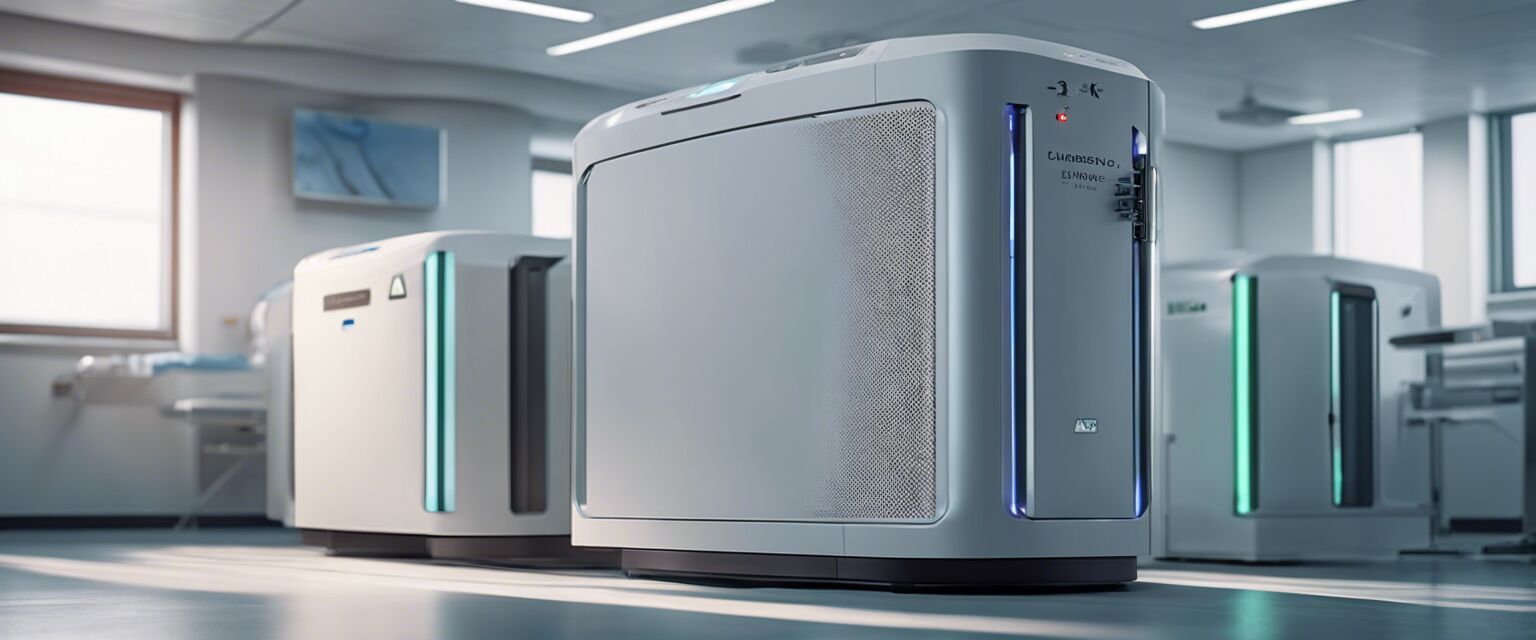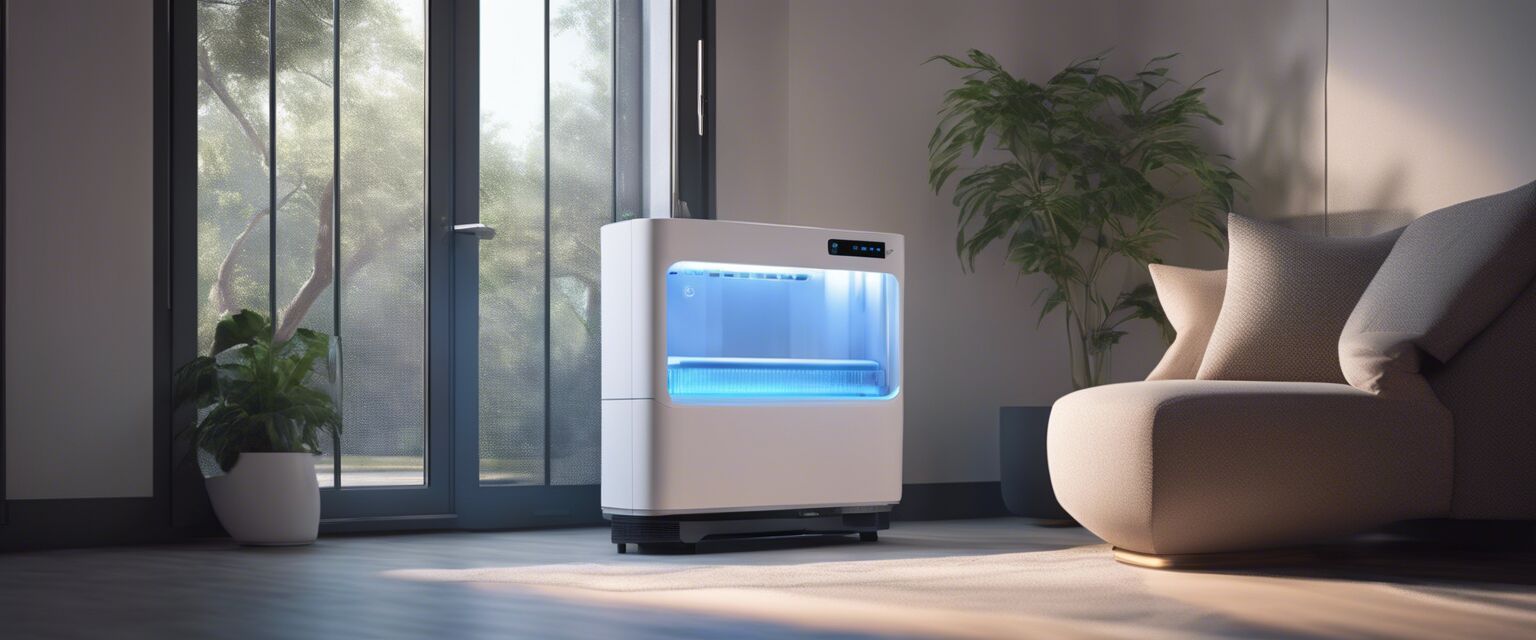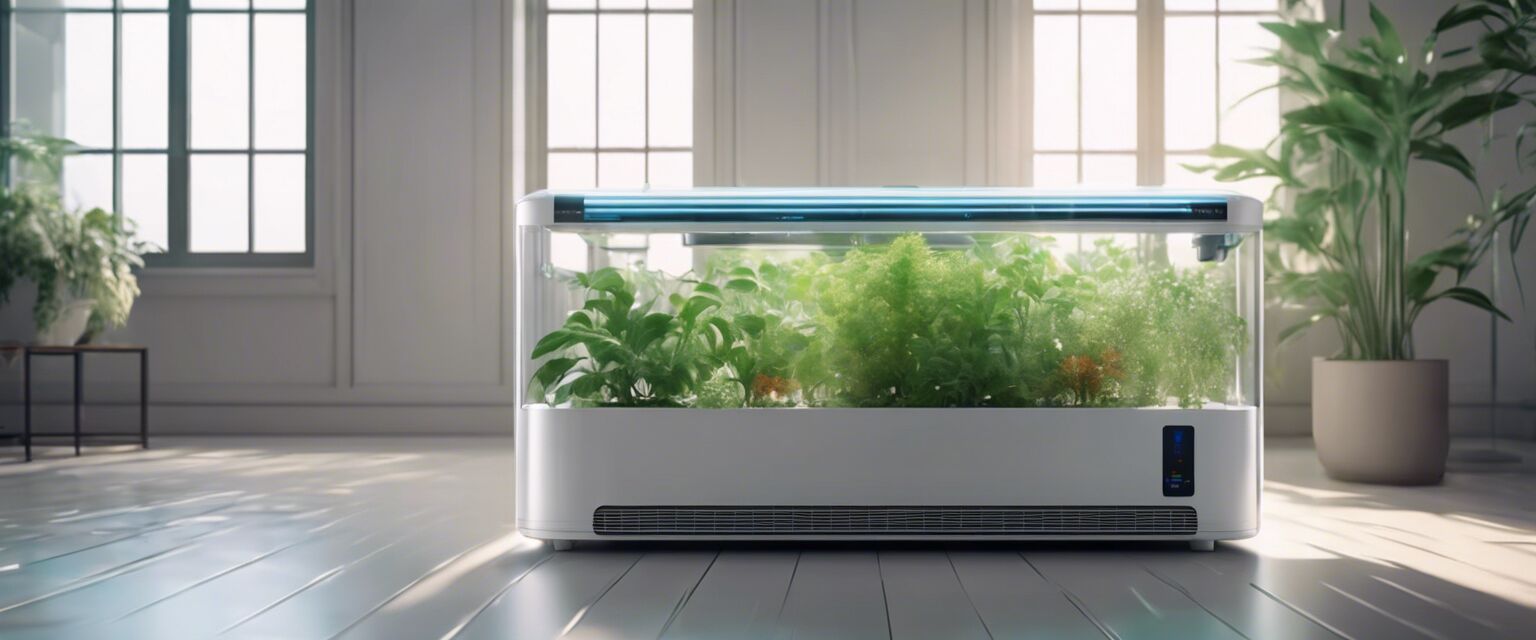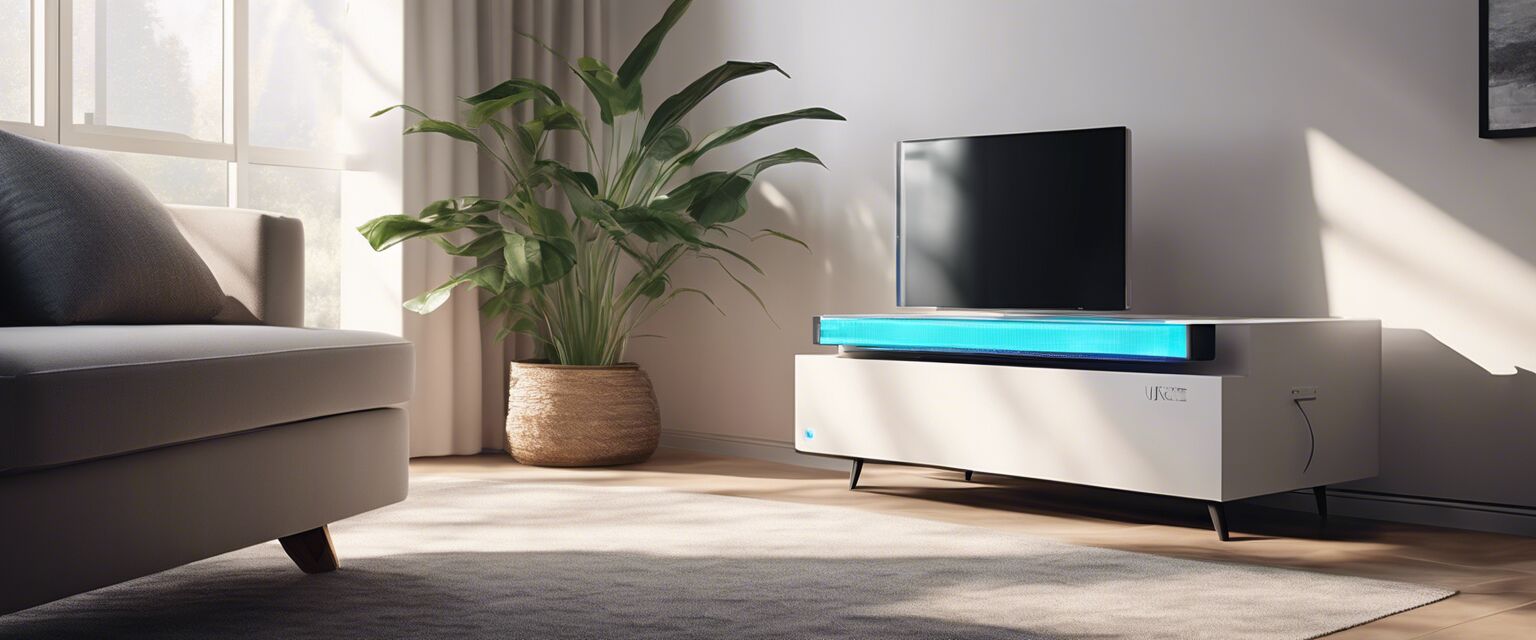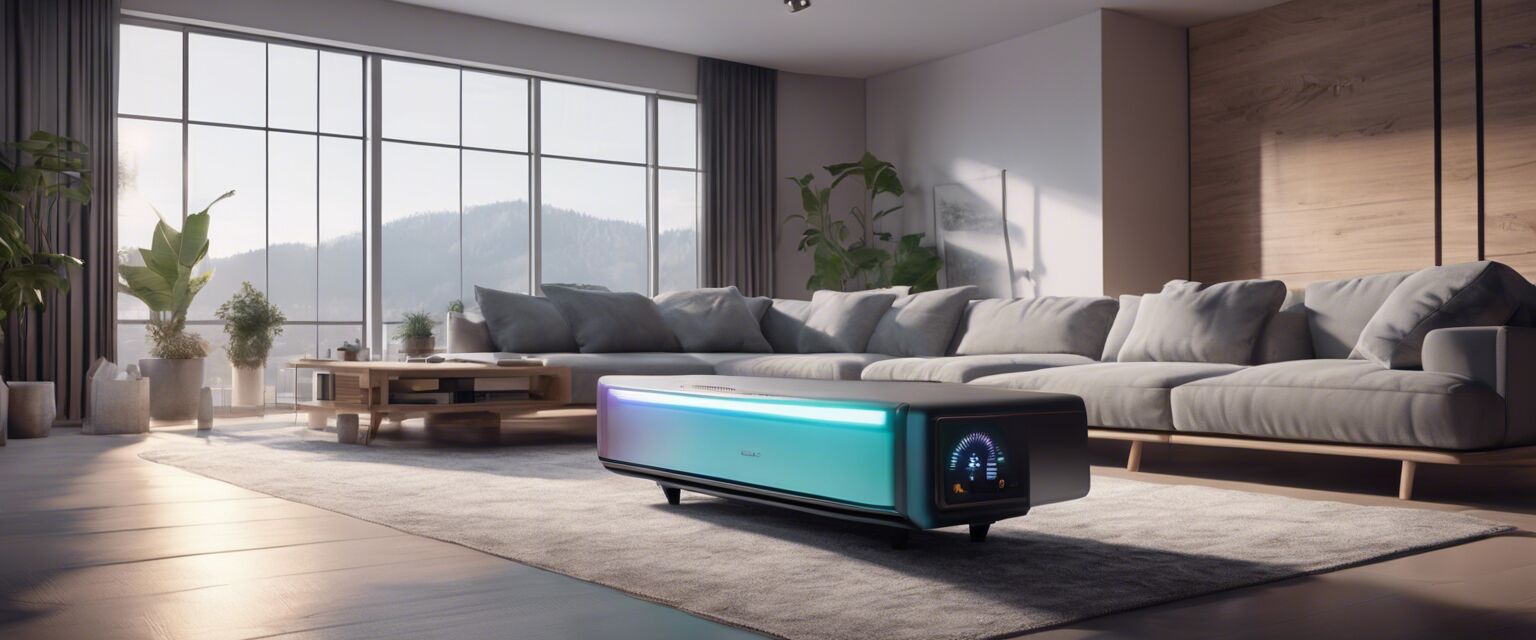
UV-C Air Sterilization vs. Other Methods
Key Takeaways
- UV-C air sterilization effectively eliminates bacteria, viruses, and other pathogens.
- Different air purification methods have their unique strengths and weaknesses.
- Understanding the differences can help you choose the best option for your needs.
- UV-C is a chemical-free solution that does not produce harmful byproducts.
- Each method has distinct operational costs and maintenance requirements.
In recent years, the demand for effective air purification methods has surged, driven by a growing awareness of indoor air quality and health concerns. Among the various technologies available, UV-C air sterilization stands out for its efficiency in eliminating harmful microorganisms. But how does it compare to other methods of air purification? In this article, we will explore the pros and cons of UV-C air sterilization and compare it with other popular air purification techniques.
Understanding UV-C Air Sterilization
UV-C air sterilization utilizes ultraviolet light in the C-band (200-280 nm) to kill or deactivate microorganisms. This method is effective against bacteria, viruses, and mold spores. UV-C light disrupts the DNA or RNA of these pathogens, preventing them from replicating and causing harm.
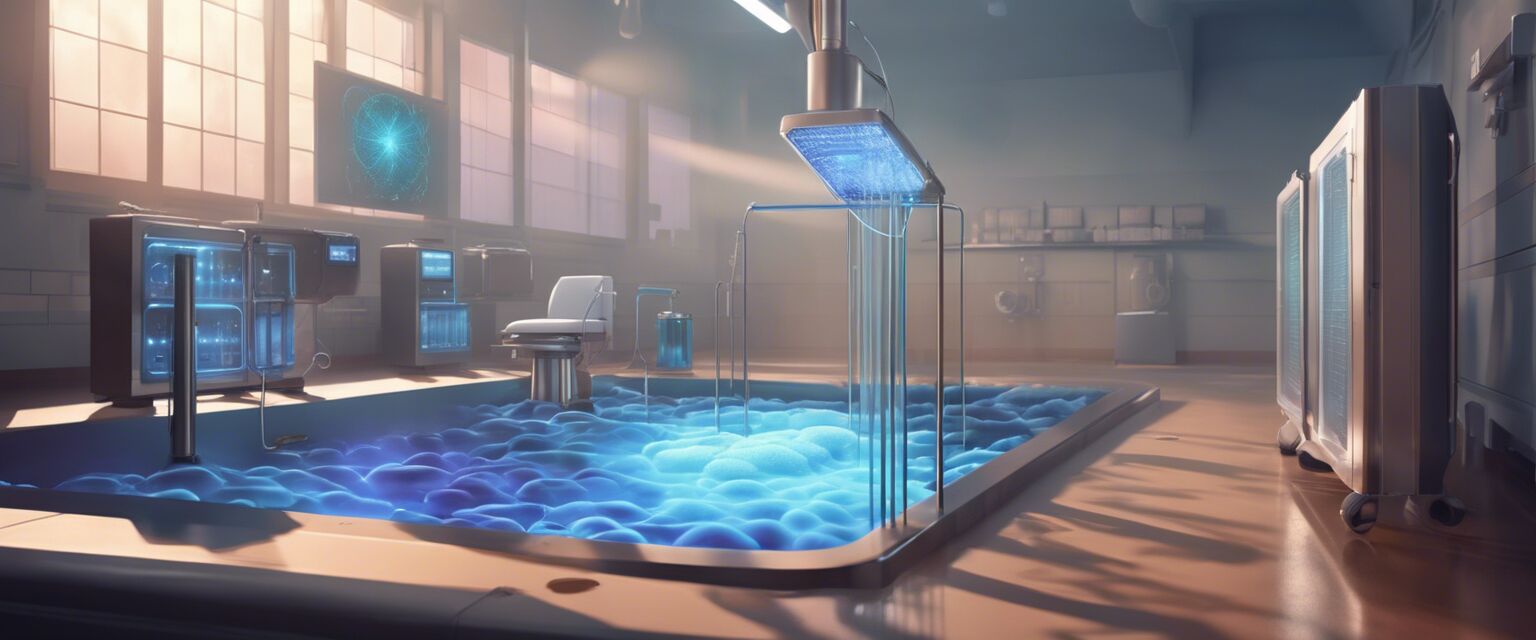
How UV-C Works
The UV-C sterilization process involves the following steps:
- Air is drawn into the sterilization unit.
- UV-C lamps emit light that targets the pathogens present in the air.
- The microorganisms are deactivated or destroyed.
- Clean air is then released back into the environment.
Comparing Air Purification Methods
To provide a clearer understanding of how UV-C sterilization holds up against other methods, let's take a closer look at some common air purification techniques:
| Method | Effectiveness | Maintenance | Cost | Safety |
|---|---|---|---|---|
| UV-C Air Sterilization | High | Low | Moderate | Safe (with proper shielding) |
| HEPA Filters | High | Medium | Moderate | Safe |
| Activated Carbon Filters | Medium | Medium | Low | Safe |
| Ionizers | Medium | High | Low | Potentially harmful byproducts |
| Ozone Generators | Low | High | Low | Unsafe (produces ozone) |
Advantages of UV-C Air Sterilization
Pros
- Effective against a broad range of pathogens
- Chemical-free disinfection
- Low maintenance requirements
- Fast and efficient process
- Environmentally friendly
Cons
- Requires proper installation and shielding
- Initial setup cost can be high
- Limited effectiveness on large particles
- Needs regular lamp replacement
Other Air Purification Methods
Each air purification method has its unique advantages and disadvantages. Here are some common alternatives:
HEPA Filters
High-Efficiency Particulate Air (HEPA) filters are widely recognized for their ability to trap small particles, including dust, pollen, and pet dander. They are commonly used in both residential and commercial settings.
Activated Carbon Filters
Activated carbon filters are effective at removing odors and volatile organic compounds (VOCs) from the air. However, they are less effective against microorganisms.
Ionizers
Ionizers release negatively charged ions that attach to particles in the air, causing them to clump together and fall to the ground. While they can improve air clarity, they may produce ozone as a byproduct, which can be harmful in high concentrations.
Ozone Generators
Ozone generators are designed to produce ozone gas to purify the air. However, ozone can be harmful to health, and many safety organizations recommend against their use indoors.
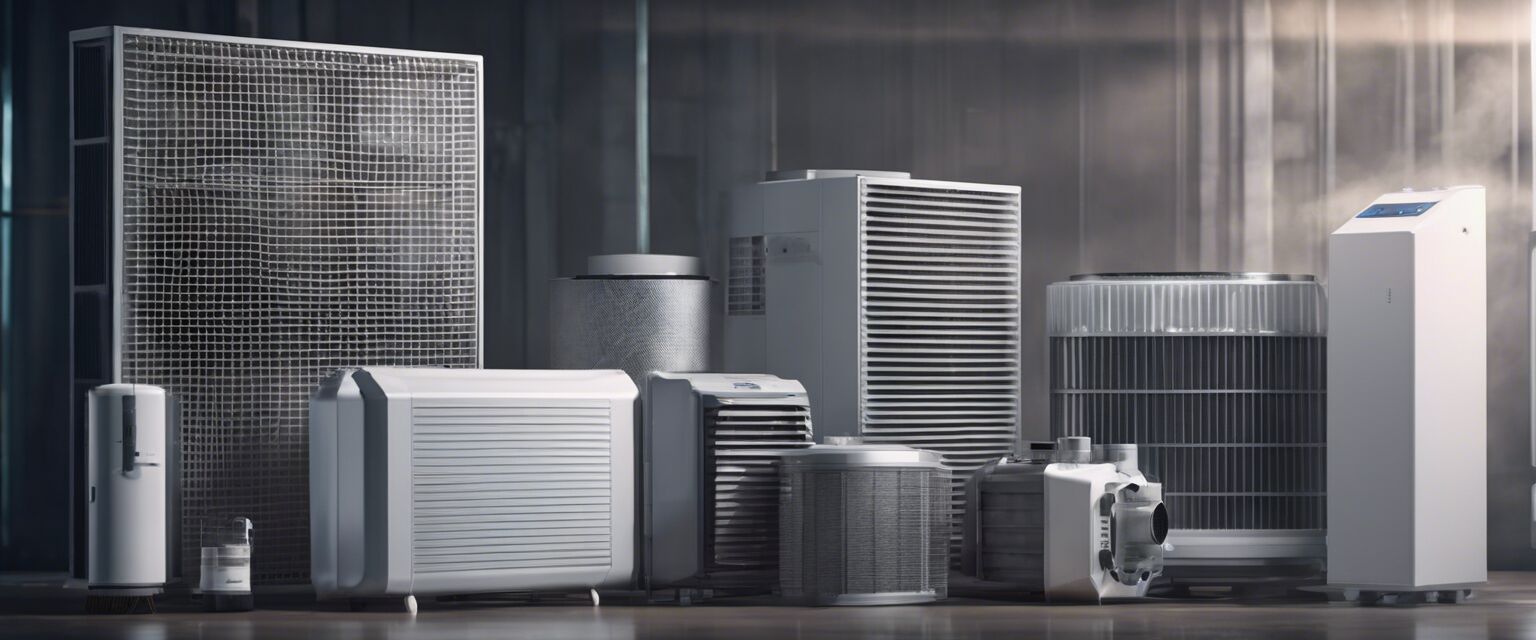
Conclusion
Choosing the right air purification method for your needs depends on various factors, including the specific contaminants you want to target, your budget, and your maintenance preferences. UV-C air sterilization offers a powerful and effective solution for eliminating harmful pathogens without the use of chemicals, making it a top choice for many environments.
Tips for Beginners
- Assess your specific air quality needs before choosing a method.
- Consider the size of the area you want to purify.
- Look for units that have been tested and certified by safety organizations.
- Regularly maintain your air purification system for optimal performance.
- Research and compare different models and brands within your chosen method.
Learn More
For more information on different types of UV-C air sterilizers, check out our categories:
